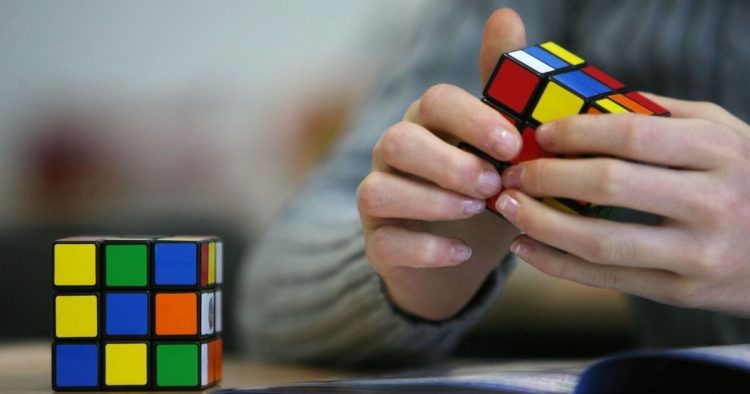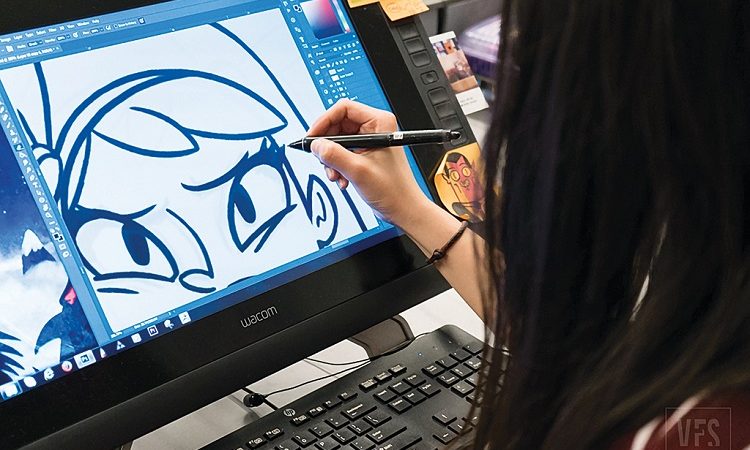Training Neural Networks for Rubik’s Cube Solving:

OpenAI, a leading artificial intelligence research organization, has made significant strides in the field of robotics by teaching a robotic hand to solve a Rubik’s Cube. This breakthrough achievement showcases the potential of neural networks and sim2real transfer in solving complex manipulation tasks. By training a pair of neural networks to work in tandem with a human-like robot hand, OpenAI has demonstrated the ability to solve the Rubik’s Cube with remarkable efficiency and accuracy [1][2].
Body:
1. Training Neural Networks for Rubik’s Cube Solving:
OpenAI’s research team focused on training neural networks to solve the Rubik’s Cube using a robotic hand. The process involved breaking down the manipulation of the cube into two distinct tasks: perception and control. The perception network was responsible for analyzing the current state of the cube, while the control network determined the optimal moves to solve it [4].
To train these networks, OpenAI utilized a combination of simulated and real-world data. The initial training was conducted in a simulated environment, where the robotic hand learned to solve the cube through trial and error. This allowed the neural networks to acquire the necessary skills and strategies required for solving the puzzle. Subsequently, the trained networks were fine-tuned using real-world data, ensuring that the learned behavior could be successfully transferred to physical robots [4].
2. Sim2Real Transfer:
One of the key challenges in robotics is achieving effective sim2real transfer, where skills learned in simulation can be seamlessly applied to real-world scenarios. OpenAI’s research addresses this challenge by employing a combination of domain randomization and fine-tuning techniques [3].
Domain randomization involves exposing the neural networks to a wide range of simulated environments with varying physical properties, lighting conditions, and textures. This approach helps the networks generalize their learning and adapt to different real-world scenarios. Fine-tuning, on the other hand, involves training the networks using real-world data to bridge the gap between simulation and reality [3].
The combination of domain randomization and fine-tuning has proven to be highly effective in achieving sim2real transfer. OpenAI’s research demonstrates that this approach vastly improves the ability of the robotic hand to manipulate the Rubik’s Cube in real-world settings [4].
3. Implications and Applications:
OpenAI’s achievement in teaching a robotic hand to solve the Rubik’s Cube has significant implications for the field of robotics and artificial intelligence. The successful application of neural networks and sim2real transfer techniques opens up possibilities for solving a wide range of complex manipulation tasks.
This research has the potential to revolutionize industries that require precise manipulation, such as manufacturing, logistics, and healthcare. Robotic hands equipped with similar capabilities could be employed in assembly lines, warehouses, or even surgical procedures, enhancing efficiency and precision [1].
Furthermore, OpenAI’s approach to sim2real transfer can be applied to various other domains beyond robotics. The ability to train neural networks in simulated environments and effectively transfer their learned behavior to real-world scenarios has implications for autonomous vehicles, computer vision, and natural language processing, among others [2].
4. Future Developments and Challenges:
While OpenAI’s research represents a significant breakthrough, there are still challenges to overcome and avenues for further development. One area of improvement lies in reducing the reliance on fine-tuning with real-world data. By enhancing the effectiveness of domain randomization techniques, researchers can minimize the need for extensive real-world training, making the learning process more efficient [3].
Additionally, OpenAI’s work primarily focuses on solving the Rubik’s Cube with a robotic hand. Expanding this research to solve more complex puzzles or objects with irregular shapes would be an exciting direction for future exploration. This could involve developing more advanced perception and control networks capable of handling a wider range of manipulation tasks [2].
Conclusion:
OpenAI’s achievement in teaching a robotic hand to solve the Rubik’s Cube highlights the potential of neural networks and sim2real transfer in the field of robotics. By training a pair of neural networks to work in tandem with a human-like robot hand, OpenAI has demonstrated the ability to solve complex manipulation tasks with remarkable efficiency and accuracy. This research has significant implications for various industries and opens up possibilities for solving a wide range of complex tasks. As further advancements are made in sim2real transfer and the capabilities of robotic hands improve, we can expect to see even more remarkable applications in the future.






